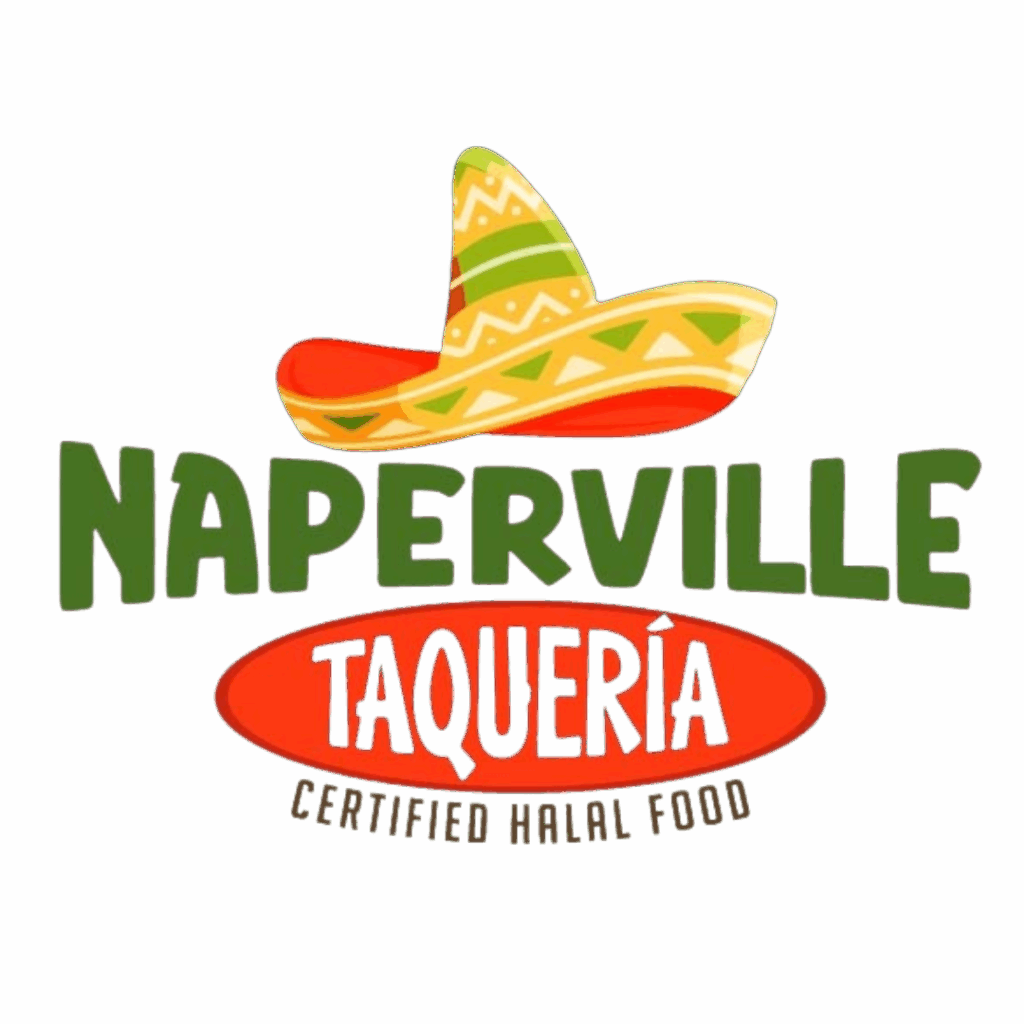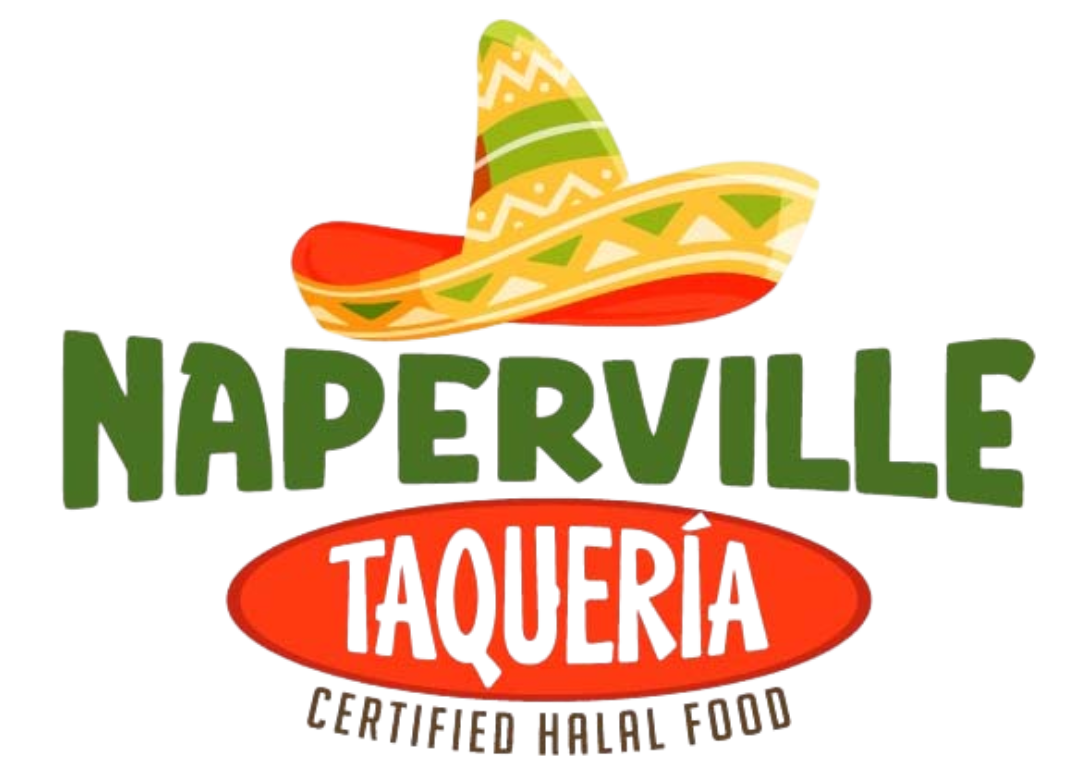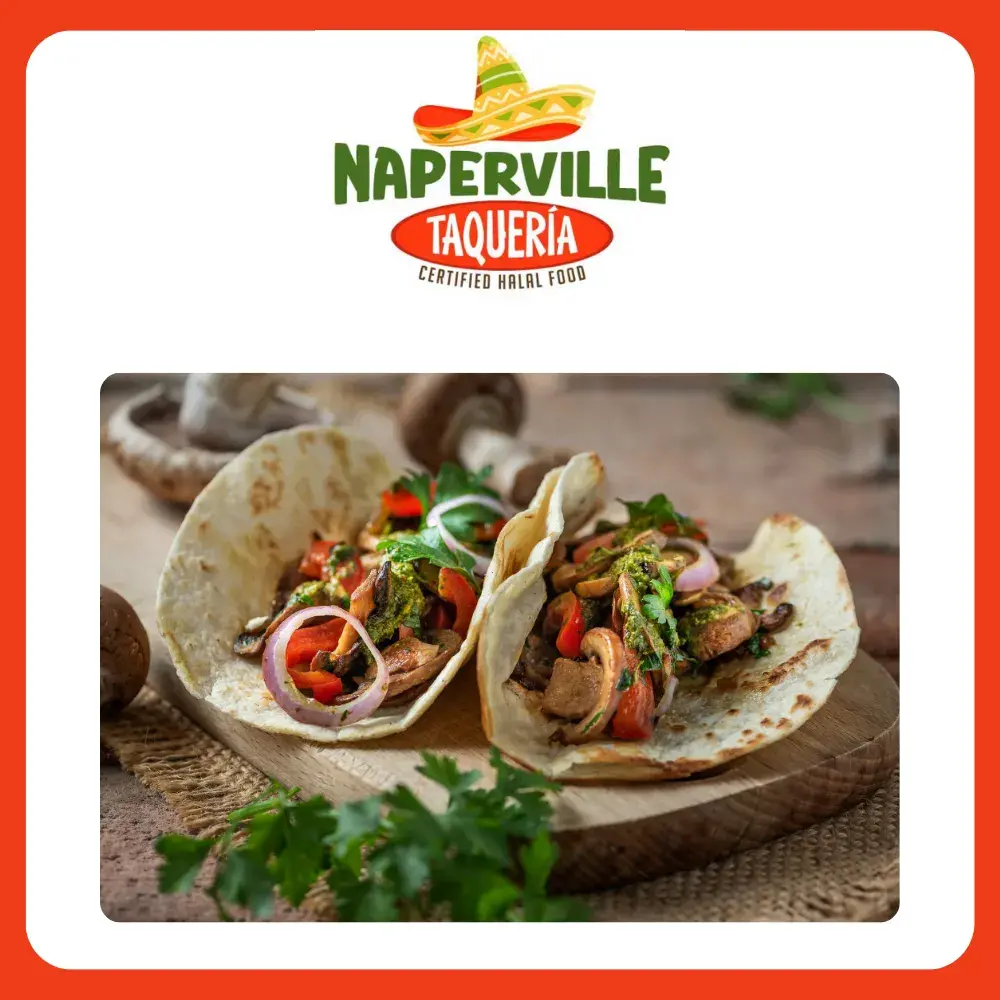Behind every memorable taco in Naperville sits a disciplined routine of maintenance. It is the unglamorous backbone that keeps tortillas supple, salsas bright, and meats consistently tender. For diners, the results show up as trust—confidence that Tuesday lunch will taste as dialed-in as Saturday dinner. For operators, maintenance is how craft survives the rush. If you are curious about what separates a good taqueria from a great one, it often starts with routines you never see and continues through the choices you do, right down to what appears on the menu.
Consider the griddle, the heart of any taqueria. A well-seasoned plancha carries flavor from one tortilla to the next without sticking or scorching. Daily practices—scraping while hot, wiping with the right oil, and avoiding harsh detergents—preserve that seasoning. Temperature discipline matters as much as cleanliness: tortillas want a steady, even heat; meats need zones for sear and gentle finish. In Naperville’s winter months, when kitchen doors open and close constantly, managing heat loss becomes part of the craft.
Knife edges and the geometry of prep
Sharp knives are a quiet form of hospitality. They yield clean cuts on onions and tomatoes, keeping pico de gallo crisp instead of weeping. They turn cilantro into bright confetti rather than bruised clumps. Regular honing during service and scheduled sharpening off-hours maintain that edge. The payoff is visible in every salsa bowl and every neatly sliced radish garnish.
Prep geometry matters, too. Dicing for even texture ensures each bite carries the right balance. When prep teams in Naperville’s busy taquerias standardize size for onions, tomatoes, and chilies, the mouthfeel becomes dependable and the seasoning more consistent. It is a maintenance habit that expresses itself as flavor.
Cold chain, hot line: temperature as quality control
From delivery to service, temperature is a continuous thread. Coolers must be calibrated and logged, and line stations should keep hot items genuinely hot without turning them tough. Regular thermometer checks, plus the discipline to rewarm or discard before quality drops, separate the meticulous from the merely adequate. Diners may never see the logs, but they taste the discipline in meats that stay juicy and salsas that remain bright.
Packaging for takeout introduces another temperature puzzle. Containers that vent steam while holding warmth prevent sogginess and keep aromas lively. Naperville’s swings from humid summers to icy winters demand seasonal tweaks—tighter seals in winter to conserve heat, more venting in summer to fight condensation.
Oil, smoke, and the rhythm of the fryer
If a taqueria fries anything—chips, churros, or a crisp element for texture—oil management becomes central. Filtering daily, skimming often, and changing oil before it breaks down keep flavors clean. Exhaust hoods and make-up air systems need regular cleaning to maintain airflow; when they do, the kitchen stays cooler and the dining room smells like food, not fryer.
Smoke flavor should come from the grill, not from neglected equipment. Keeping burners tuned and carbon buildup in check prevents off-flavors that can cling to tortillas and meats alike.
Salsa stations: freshness on display
A salsa station is a maintenance showcase. Containers labeled and rotated, ladles sized to control portion, and ice or refrigeration as needed—all of it keeps flavors vivid and safe. Timing is everything: chopping just ahead of the rush, salting to draw juices without flooding, and tasting together as a team so heat levels are communicated consistently to guests.
Waste management is part of this discipline. Small batch prep reduces leftovers, and composting or responsible disposal keeps operations tidy. In a town that prides itself on parks and clean neighborhoods, those habits matter to diners as much as to inspectors.
Tortilla care and comal choreography
Tortillas demand choreography. Press-to-plate timing, gentle stacking with breathable wraps, and quick rehits to restore steam are maintenance rituals that determine whether a taco feels alive. On busy Fridays in Downtown Naperville, the difference between a great taco and a good one often boils down to fifteen seconds and two inches of griddle space.
For shops that source tortillas, storage is the maintenance frontier: sealed to prevent drying, tempered before heating to avoid gumminess, and rotated first-in, first-out. These details protect the texture that makes or breaks a taco.
Cleaning as culture
Clean kitchens cook better. Nightly deep cleans, scheduled weekly tasks for hoods and drains, and quick between-rush wipe-downs reset the stage for flavor. When staff see cleaning as part of the craft, not a chore tacked onto the end of the night, the dining room feels calmer and the food tastes brighter. It is all connected.
Front-of-house maintenance counts, too. Tables that don’t wobble, floors that don’t slick up in winter slush, and lighting that stays warm but clear—all of it turns a taqueria into a place where guests linger gladly.
Training, tasting, and the feedback loop
Quality is a habit reinforced by training. Brief lineups before service to taste salsas, calibrate salt, and align on specials give everyone the same target. New team members learn not just recipes, but reasoning: why a tortilla needs a rehitz, why cilantro is added at the last second, why a meat rests before slicing. This shared understanding makes consistency possible across shifts and days.
Feedback from guests completes the loop. Naperville diners are generous with opinions; when operators listen closely and respond, maintenance plans evolve from guesswork to precision. If multiple guests mention that takeout tortas arrive steamy, packaging gets rethought. If a salsa’s heat drifts week to week, the team revisits the roast and blend times.
Seasonal pivots in a Midwestern climate
Winter demands heartier broths and tighter lids; summer wants crisp textures and brighter acids. Maintenance routines adapt accordingly. Coolers work harder in heat waves, gas lines need checking after cold snaps, and door traffic patterns shift with weather. The most consistent taquerias anticipate these pressures, scheduling equipment checks and staffing to match the season’s demands.
Outdoor seating requires maintenance, too—shade in summer, wind buffers in shoulder seasons, and a quick wipe after a pop-up storm. Guests feel these touches and subconsciously connect them to the quality of the food.
Menu clarity as maintenance
Clarity on the menu is a maintenance act in disguise. When descriptions are specific—naming the chile, the garnish, the texture to expect—guests order accurately, and fewer dishes boomerang back to the kitchen for adjustments. That saves time, preserves quality, and ensures the plate you receive is the plate the kitchen intended. A clear, focused menu also makes training easier, sustaining consistency even as teams grow.
Inspections, logs, and quiet confidence
Health inspections and internal audits reward discipline. Temperature logs, cleaning checklists, and maintenance schedules may sound bureaucratic, but they build muscle memory that supports creativity. When the basics are automatic, cooks can focus on seasoning, plating, and pacing—exactly the work that makes a taco memorable.
In Naperville, where word of mouth travels fast from block to block, this quiet confidence matters. A taqueria that nails the fundamentals becomes a reliable part of people’s routines, a place they recommend without caveats.
What diners will notice
You will taste maintenance in the snap of a radish, the warmth of a tortilla that stays pliable, and the way a salsa finishes clean. You will see it in a tidy counter and a team that moves with purpose. You will feel it in how the line ebbs and flows without fray. And you will return because the experience feels composed, not accidental.
At its best, maintenance is not a chore but a craft. It protects the flavors Naperville loves and gives them room to shine, day after day, rush after rush.
FAQ: Maintenance and quality
Q: Why do tortillas sometimes tear? A: They may be under-heated, over-dried, or past peak freshness. Proper storage and a quick reheat on a hot surface restore flexibility.
Q: How often should frying oil be changed? A: Before flavor dulls or dark notes appear. Daily filtering and frequent skimming extend life, but quality comes first; when oil fatigues, it must be replaced.
Q: What’s the simplest at-home tip to improve takeout tacos? A: Rewarm tortillas briefly on a dry pan and assemble just before eating. This preserves steam and keeps textures lively.
Q: How do teams keep salsas consistent? A: By tasting together each day, logging roast times and chile sources, and adjusting salt and acid to account for seasonal produce changes.
Q: Why does equipment maintenance affect flavor? A: Stable heat and clean surfaces prevent off-notes and allow precise cooking. When equipment performs predictably, cooks can season and time with confidence.
Ready to experience the difference that quiet discipline makes? Browse the menu, plan your next visit, and let a well-cared-for kitchen show how maintenance translates into memorable flavor.







